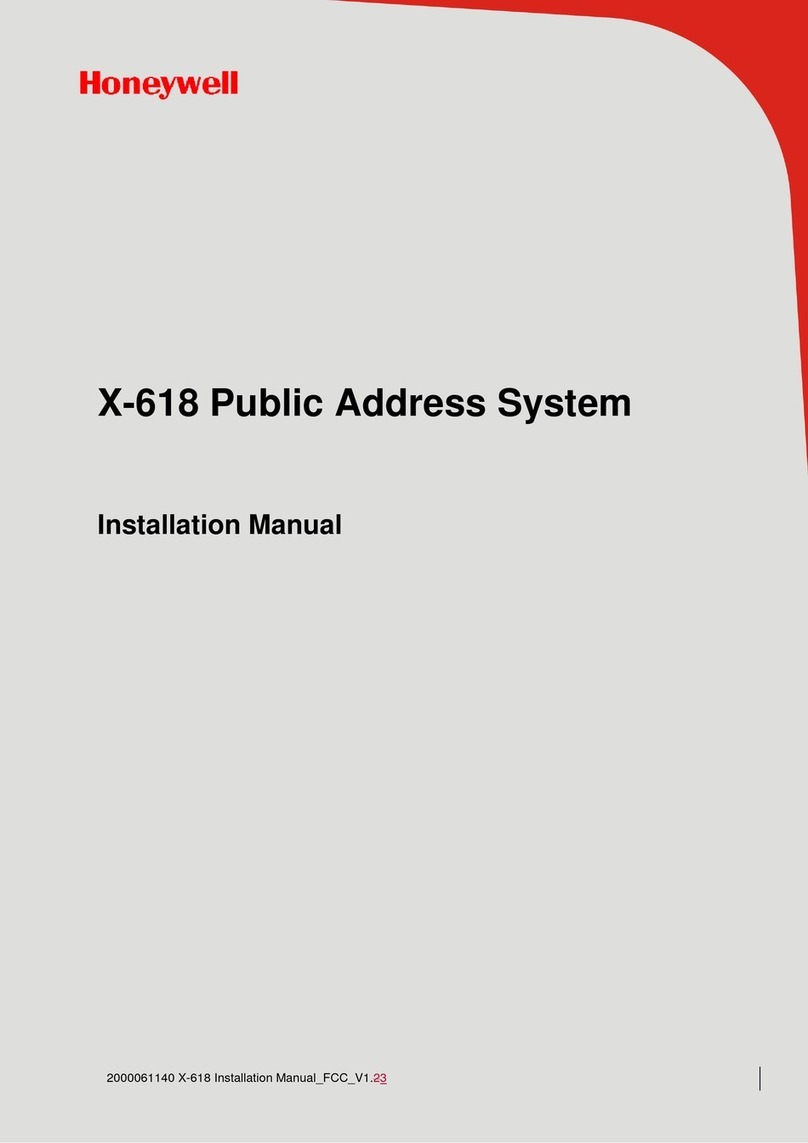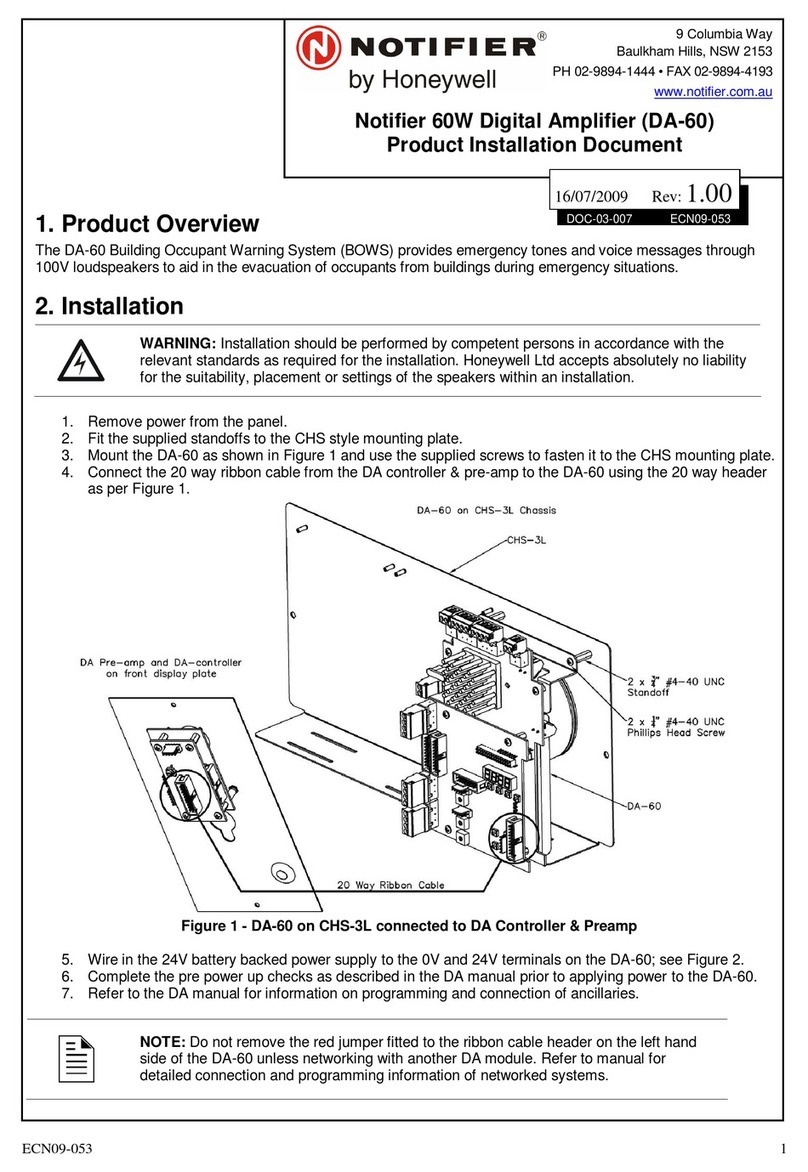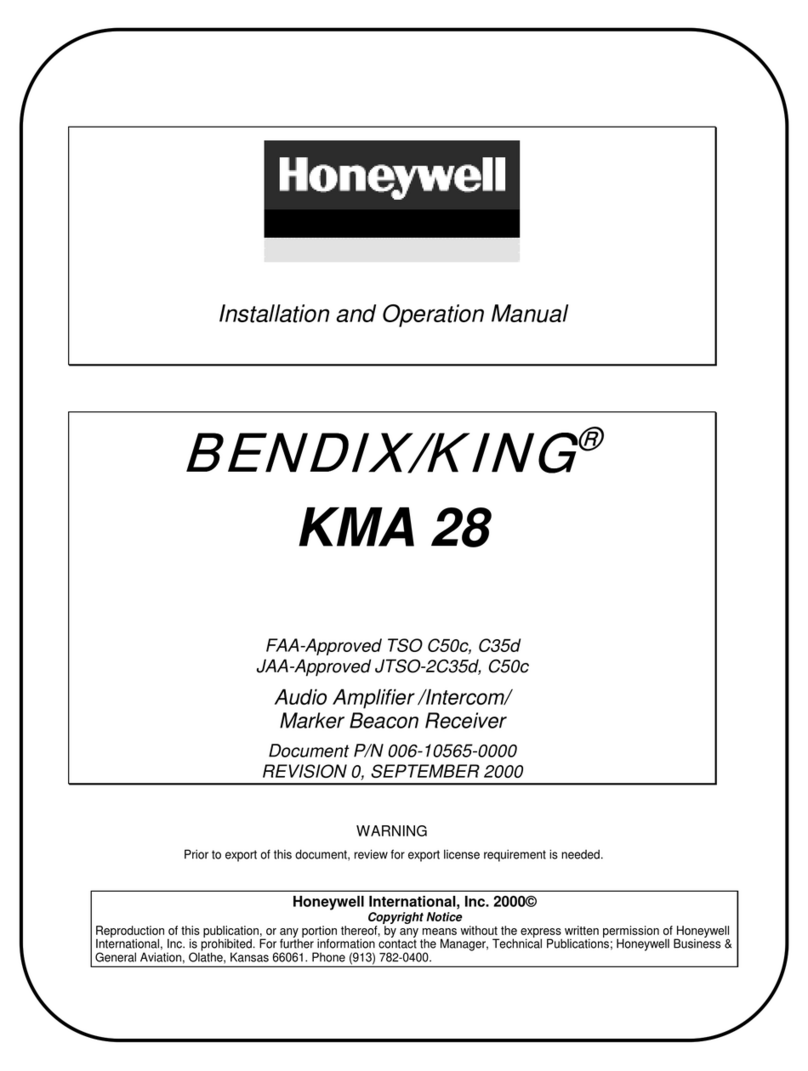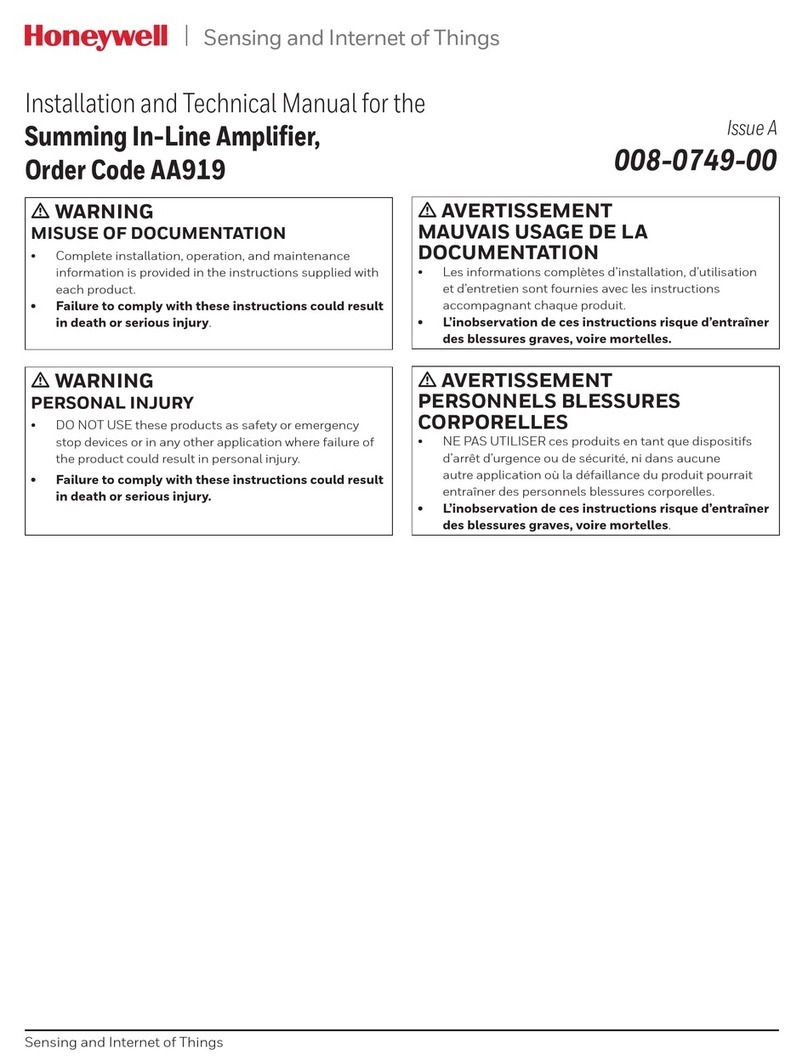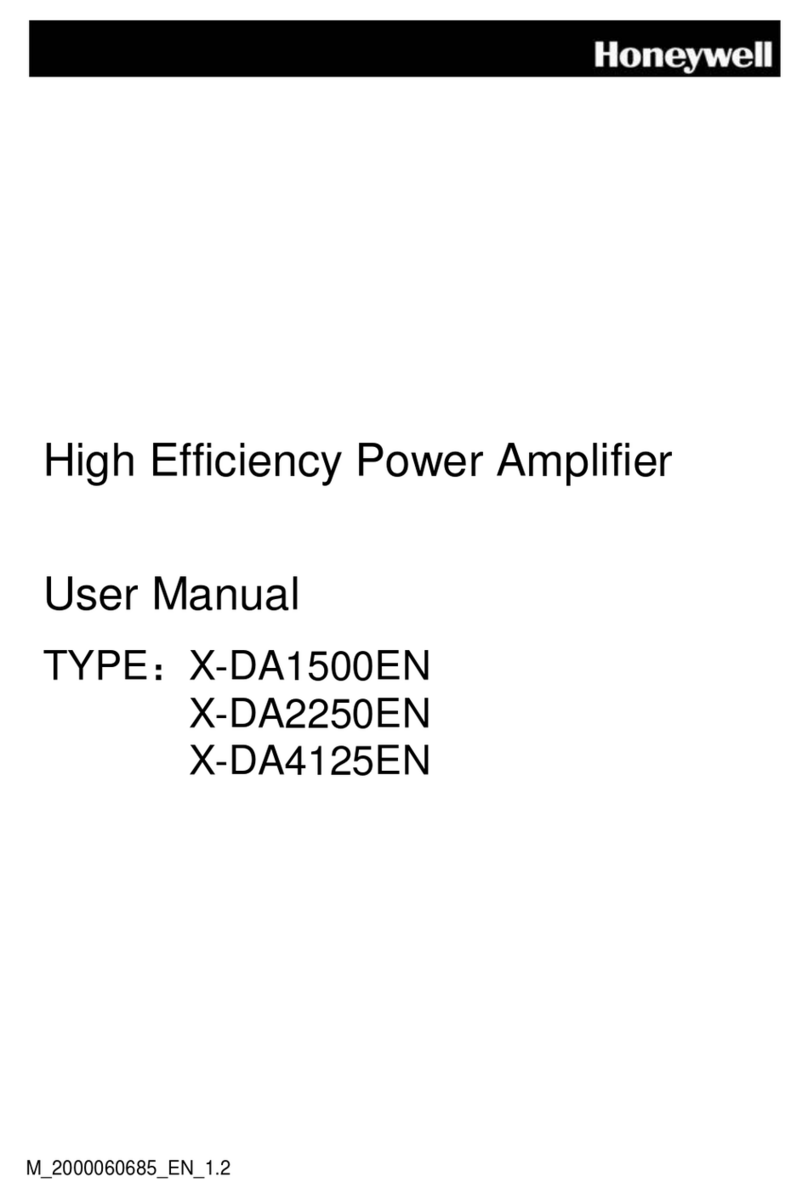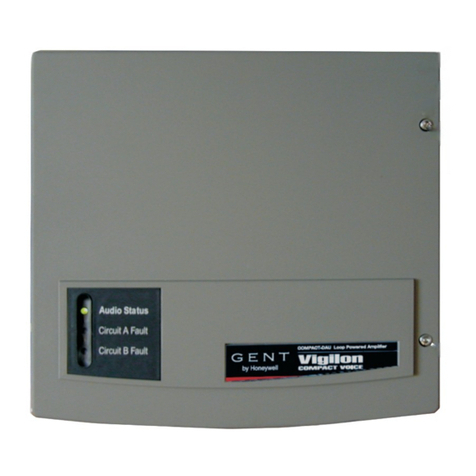
Silver Crown Plus Pilot’s Guide
6
Power Switch /Emergency
(EMG) Operation
Unit power is turned on and off by
pushing the volume knob. In the off or
"Emergency" position, the pilot is
connected directly to Com 1. This
allows communication capability
regardless of unit condition. Any time
power is removed or turned off, the
audio selector will be placed in the
emergency mode.
The power switch also controls
the audio selector panel functions,
intercom, and marker beacon
receiver. Unless the mic selector is in
Com 3 mode, at least one of the
selected audio LEDs will be on (Com
1 or Com 2).
Microphone Selector
When the mic selector switch is
in the Com 1 position, both pilot and
copilot will be connected to the Com l
transceiver. Only the person who
presses their Push To Talk (PTT), will
be heard over the aircraft radio.
Turning the rotary switch to the Com 2
position will place pilot and copilot on
Com 2.
The KMA 28 gives priority to the
pilot's PTT. If the copilot it
transmitting, and the pilot presses his
PTT, the pilot's microphone will be
heard over the selected com
transmitter.
Turning the mic selector fully
counterclockwise places the pilot and
copilot on Com 3. Com 3 receive
audio is automatically placed in the
headset (and speaker if selected).
Com 1 and/or Com 2 receiver audio
can be selected to monitor those
transceivers.
The KMA 28 has an automatic
selector mode. Audio from the
selected transceiver is automatically
heard in the headsets and speaker.
You can check this function by
switching from Com 1 to Com 2 and
watch the selected audio light on the
selector change from COM 1 to COM
2. This ensures the pilot will always
hear the audio from the transceiver he
is transmitting on.
When transmitting, the COM 1 or
COM 2 LED in the KMA 28 audio
selector will blink as a further
indication of the selected transmitter.
When switching the mic selector
rotary switch from Com 1 to Com 2,
while Com 2 audio had been selected,
Com 1 audio will continue to be
heard. This eliminates the pilot having
to switch Com 1 audio back on, if
desired. When switching from Com 1
to Com 2 while Com 2 has NOT been
selected, Com 1 audio will be
switched off. In essence, switching
the mic selector will not effect the
selection of Com audio.
Swap Mode (Switch from Com 1 to
Com 2 remotely)
With an optional yoke mounted,
momentary switch, the pilot can
change from the current Com
transceiver to the other by depressing
this switch. When "Swap Mode" is
active, an annunciator in the lower
right corner of the unit will illuminate,
indicating that the mic selector switch
position is no longer current . To
cancel "Swap Mode," the pilot may
either press the yoke mounted switch
again, or turn the mic selector switch
to the Com that is active.
Split Mode
Turning the rotary switch to Com
1/Com 2 places the KMA 28 into "Split
Mode." This places the pilot on Com 1
and the copilot on Com 2. An example
of this useful feature is when the pilot

